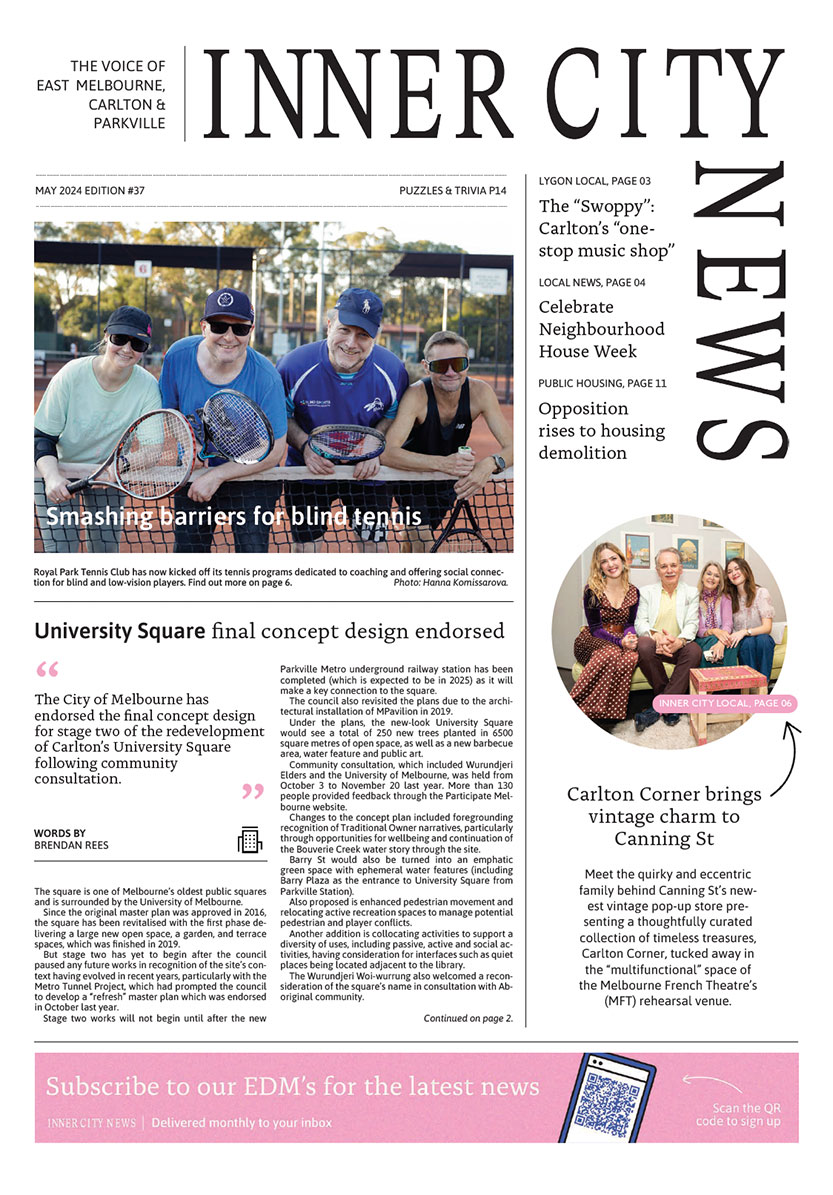Dr Bertram Wainer and the struggle for the right to abortion
On June 24, 2022, in the case of Dobbs v Jackson Women’s Health Organisation the U.S. Supreme Court overturned its 1973 ruling, made as result of the now famous Roe v Wade case, that gave a fundamental right to women to access abortion under the Fourteenth Amendment.
Justice Alito determined, “Roe was egregiously wrong from the start … and the decision has had damaging consequences … it is time to heed the constitution and return the issue of abortion to the people”.
He further claimed that in reversing Roe v Wade, the Supreme Court returned “an unbroken tradition of prohibiting abortion on pain of criminal punishment”. The consequence of that judgement is that individual states now determine whether abortion is a right or whether it is a crime.Abortion has always been a contentious issue. Prior to 1973, under Victorian law, to procure an abortion was a criminal offence for the doctor and the patient, with up to 15 years’ jail as a penalty. The consequences were that desperate women either found a doctor through word of mouth and paid highly for the operation or went to an unqualified abortionist. One such practitioner was a Footscray butcher, who had no access to anaesthetics and stuffed a rag in the mouth of the woman to stop her screaming.
Unlike a doctor, an unqualified practitioner had no access to an ambulance. As a result, women who died as result of the procedure had to be secreted away for burial.The consequences were dire, either way. In the 1930s and 1940s, abortions were the second-highest cause of death for women. The Royal Women’s Hospital had a 30-bed ward for abortion patients, with a room set aside for the dying. Septicaemia and gangrene were the main risk in a pre-antibiotic age and an attendant from the time was quoted as saying the smell was often horrific. It was not until the 1960s that abortion became a public issue. The Abortion Law Reform Association (ALRA) was formed and Gareth Evans, then a member of the Victorian Parliament, drew up a model Act to present to Parliament. The association produced a series of facts sheets called “A for Abortion” and lobbying began.
But one member of the ALRA called for greater action, an ex-army doctor with a general medical practice in St Kilda, Dr Bertram Wainer. Wainer himself did not perform abortions but referred women to doctors who did. In 1967, he was approached by a young woman seeking medical help following a botched abortion and this convinced him that more had to be done. He suggested to the ALRA that they set up a test case. This horrified association members and he was expelled from the group. Ken Davidson was a respected gynaecologist, with a practice in Hotham St, East Melbourne. On August 1, 1967, the homicide squad mounted a raid on his premises. They had been tipped off that he would perform an abortion that morning, but, in fact, the young woman had failed to turn up.
However, Davidson was charged with four counts of unlawfully using an instrument to procure a miscarriage and one count of conspiracy. Justice Menhennit, however, questioned the meaning of the word “unlawfully” and ruled that abortion was lawful if it was necessary to preserve the life of a woman or her physical and mental health.In order to test the ruling, Bert Wainer “confessed” to performing an abortion. As he had not, prior to the Menhennit ruling, performed abortions, when he was found “not guilty” cases against other doctors were dropped. Abortion became legal in Victoria in 1969.In 1972, Wainer and his wife Jo Richardson set up the day procedure Fertility Control Clinic in Wellington Parade, East Melbourne. The clinic provided general medical services and access to abortion was provided with no upfront fees. Wainer was also central to initiating the Kaye Report, providing evidence of corrupt police officers who had run rackets extorting money from doctors under threat of arrest. For the following 25 years, the clinic attracted protestors, many of them members of the Helpers of God’s Precious Infants group who followed, threatened and intimidated women attending the clinic. Members of the public had to push past them to go to the post office or pharmacy.
In 2001, a security guard was murdered by a pro-life protestor. In 2015, MP Fiona Patten was able to convince the Parliament to pass a law forbidding protestors to harass or film people coming or going from abortion clinics, and to stay 150 metres away, with heavy fines for those who breached these conditions.
Today, only Western Australia prohibits abortion, with South Australia legalising it only this year.
Jill Fenwick, committee member, East Melbourne Historical Society
[email protected] and emhs.org.au •
Image: Protestors outside the East Melbourne clinic, 1976. Reproduced in The Age, October 28, 2017.

Carlton Corner brings vintage charm to Canning St





 Download the Latest Edition
Download the Latest Edition